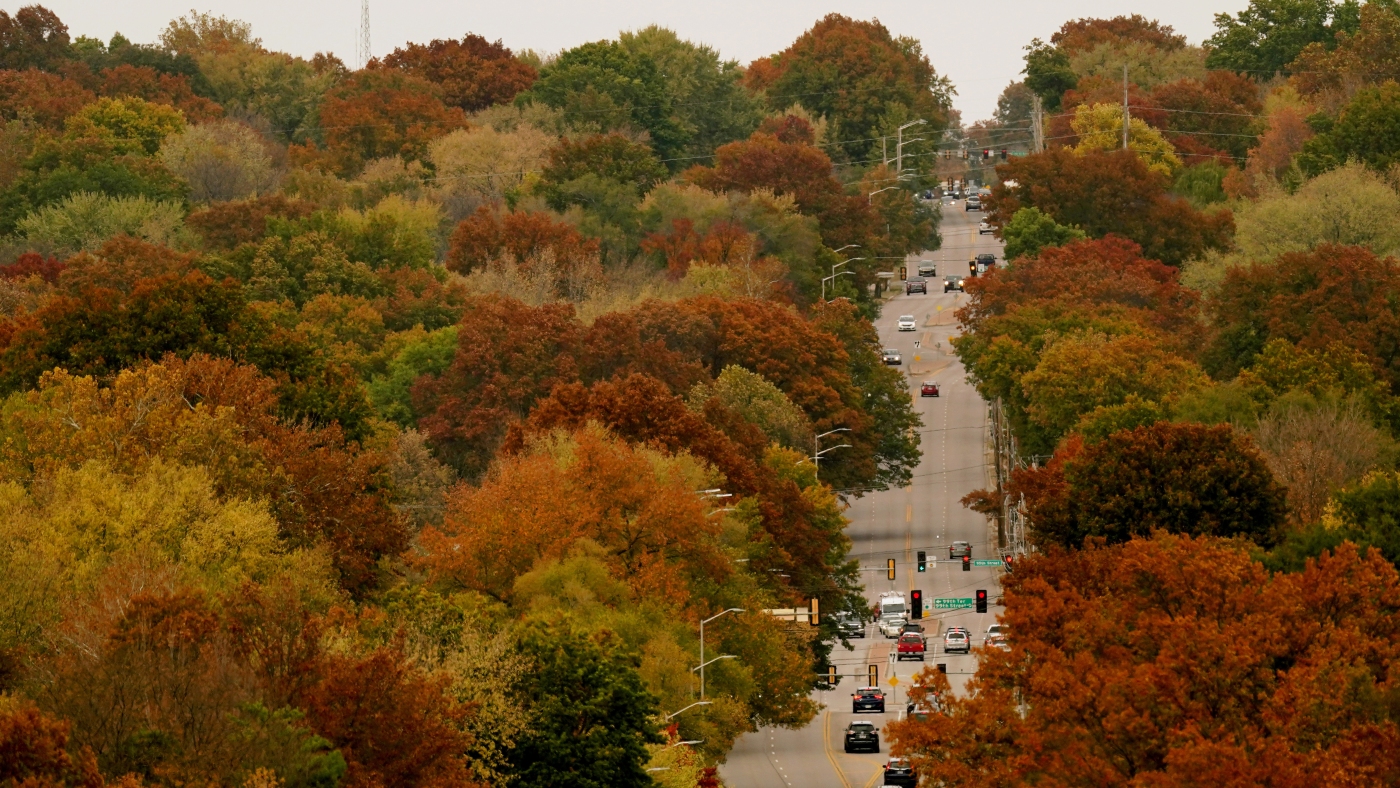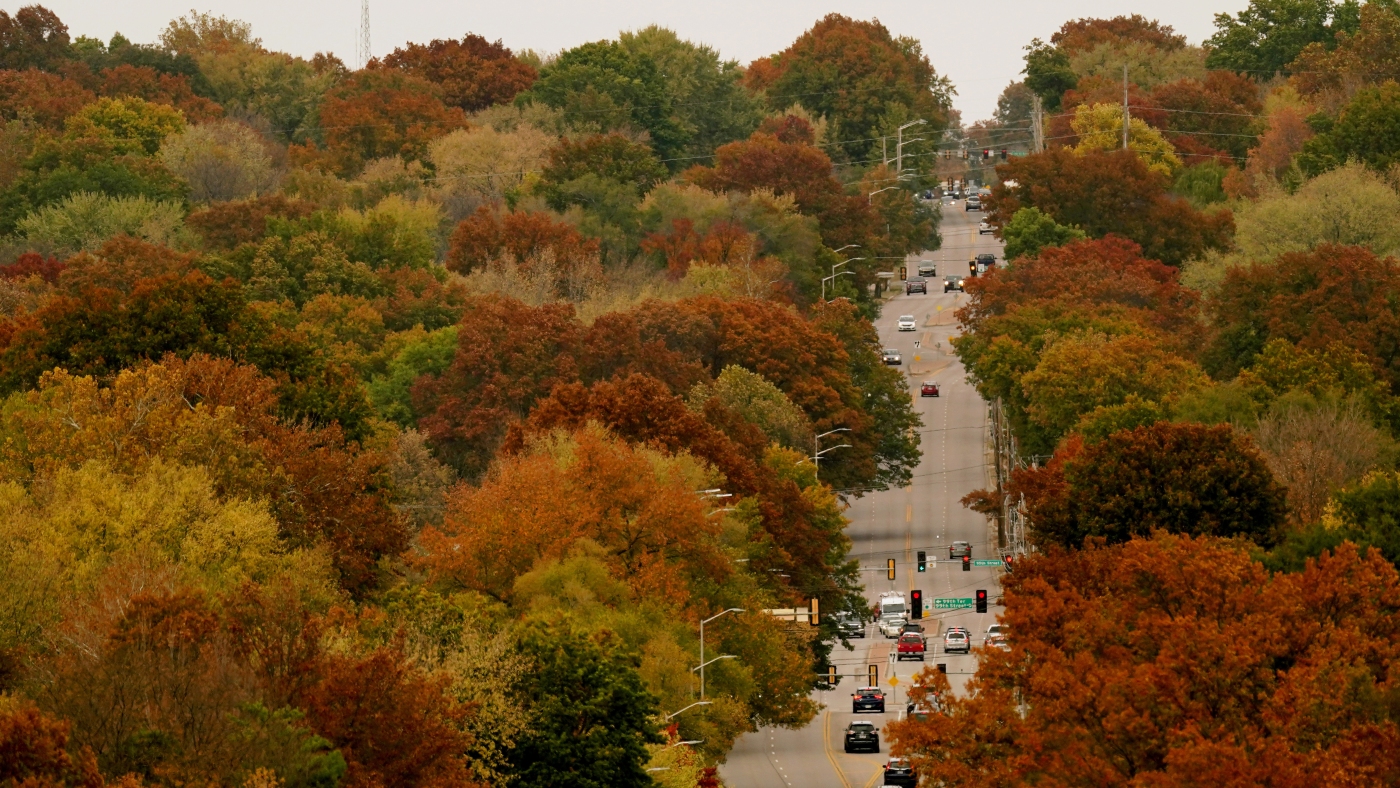The Legal and Practical Implications of Fallen Trees
The tranquility of a neighborhood can be abruptly disrupted when a tree falls, causing property damage, personal injury, or both. The aftermath often sparks disputes about responsibility, liability, and compensation. Understanding the legal principles and practical steps involved in resolving these disputes is essential for homeowners, landowners, and affected parties.
Understanding Liability: Negligence and Acts of God
The core of most tree fall disputes revolves around the concept of negligence. Negligence occurs when a person fails to exercise reasonable care, resulting in harm to another. In the context of trees, property owners have a duty to maintain their trees in a reasonably safe condition. This duty includes regular inspections for signs of disease, decay, or structural weakness and taking appropriate measures to mitigate potential hazards.
However, liability is not automatic when a tree falls. The legal defense known as an “act of God” often comes into play. This defense applies when the tree fall is caused by a natural event that is so extraordinary and unprecedented that it could not have been reasonably anticipated or prevented. Examples include hurricanes, tornadoes, or extreme ice storms. If a healthy tree is felled by such an event, the owner may not be held liable for resulting damage.
The distinction between a healthy and unhealthy tree is critical. If a tree was visibly diseased, decaying, or otherwise hazardous, and the owner knew or should have known about the condition, they may be held liable even if the fall was triggered by a storm. The duty to inspect and maintain is higher in urban or residential areas, where there’s a greater risk of harm to people and property, than in rural areas.
Boundary Disputes and the Right to Prune
The issue of tree ownership can further complicate matters. When a tree stands on a property line, it’s generally considered jointly owned by the neighbors. This means both owners share the responsibility for its care and maintenance.
Even if a tree is located entirely on a neighbor’s property, you may have the right to prune branches or roots that encroach onto your property. This right is not unlimited, however. You can only prune up to the property line, and you must exercise reasonable care to avoid damaging the tree. Some jurisdictions may require you to notify your neighbor before pruning.
Importantly, “self-help” remedies like pruning should be approached cautiously. If improper pruning damages or kills the tree, you could be held liable for the tree’s value. Communication with your neighbor is always the best first step in resolving tree-related issues.
Case Studies: Lessons from Real-Life Disputes
Real-life cases provide valuable insights into the potential consequences of tree-related disputes. For instance, a recent case on Nantucket Island in Massachusetts involved a man who faced criminal charges for cutting down a wide swath of his neighbors’ trees, allegedly to improve his view. The scale of the tree removal made it difficult for the defendant to argue that it was accidental.
This case underscores the importance of respecting property lines and obtaining permission before removing or significantly altering trees on or near a boundary. It also highlights the potential for criminal as well as civil penalties in cases of egregious tree damage.
Insurance Implications: Navigating the Claims Process
When a tree falls and causes damage, insurance coverage becomes a key consideration. Typically, if a tree falls on your property due to a covered peril (such as wind or lightning), your homeowner’s insurance policy will cover the cost of removing the tree and repairing the damage to your home or other structures.
However, if a tree falls on your property from a neighbor’s yard, the question of liability will determine whose insurance pays. If the neighbor was negligent in maintaining the tree, their insurance may be responsible. If the tree fall was an “act of God,” your own insurance may cover the damage, regardless of where the tree originated.
Navigating the insurance claims process can be complex, especially when multiple parties are involved. It’s essential to document the damage thoroughly, gather evidence of the tree’s condition, and understand your policy’s terms and conditions.
Legal Recourse and Tree Valuation
While many tree disputes can be resolved through communication and negotiation, there are situations where legal intervention may be necessary. These include:
- Significant property damage or personal injury: If the damage is extensive or someone is injured, consulting with an attorney is crucial to protect your rights and pursue compensation.
- Unresponsive or uncooperative neighbors: If your neighbor refuses to address a hazardous tree or negotiate a fair resolution, legal action may be the only way to compel them to take responsibility.
- Complex legal issues: Boundary disputes, tree ownership questions, and insurance coverage denials can all present complex legal challenges that require expert guidance.
In cases involving tree damage, the value of the tree may become a central issue. Determining the value of a tree is not always straightforward. Factors such as the tree’s species, size, health, location, and aesthetic contribution to the property are all taken into account. Arborists and other tree experts may be called upon to provide appraisals and testify in court.
Proactive Prevention: Minimizing the Risk
The best way to avoid tree fall disputes is to take proactive steps to prevent them in the first place. This includes:
- Regular tree inspections: Have a qualified arborist inspect your trees periodically for signs of disease, decay, or structural weakness.
- Proper tree maintenance: Prune trees to remove dead or diseased branches, improve air circulation, and reduce wind resistance.
- Prompt hazard mitigation: Address any identified hazards promptly, such as cabling or bracing weak limbs or removing trees that pose an imminent threat.
- Clear communication with neighbors: Discuss any concerns about trees on your property line or nearby with your neighbors and work together to find mutually agreeable solutions.
Conclusion: A Forest of Foresight
Tree fall disputes can be emotionally charged and legally complex. By understanding the principles of negligence, the “act of God” defense, and your rights and responsibilities as a property owner, you can navigate these situations more effectively. Proactive prevention, clear communication, and a willingness to seek expert advice when needed are essential to keeping the peace and protecting your property. When facing this situation, seek advice from a professional.








